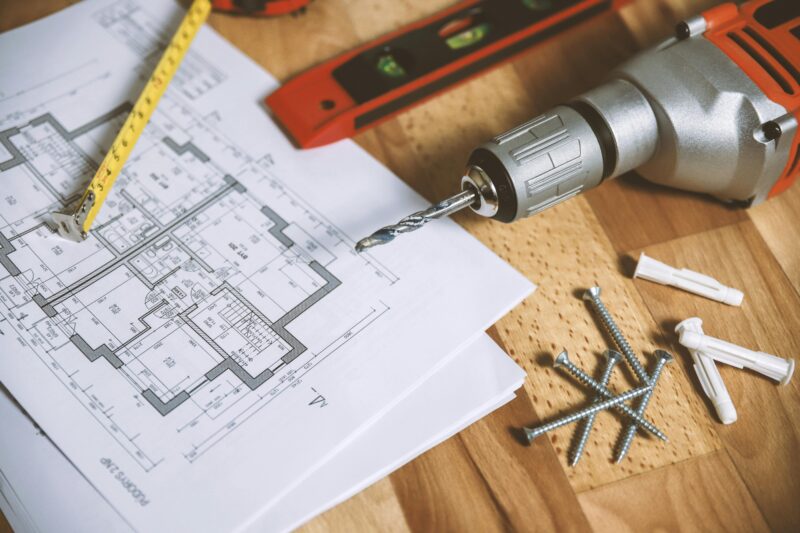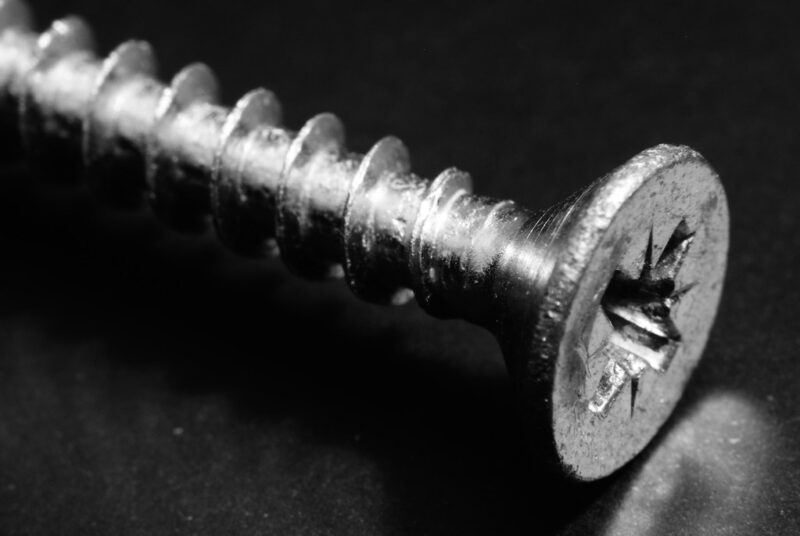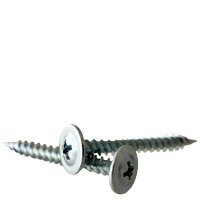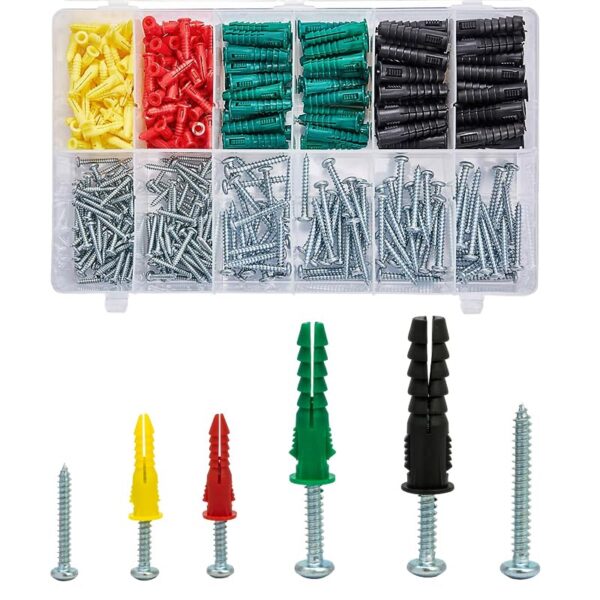
When it comes to hanging 1/2-inch drywall, selecting the right screws isn’t just a technicality—it’s essential for a strong, long-lasting finish. Too short, and you risk a weak hold. Too long, and you might puncture materials unnecessarily or deal with frustrating screw pops. Whether you’re tackling a DIY drywall project or managing a professional installation, here’s everything you need to know to avoid pitfalls and achieve a flawless result.
The gold standard for attaching 1/2-inch drywall to wooden studs is a 1-1/4-inch coarse-thread drywall screw. This ensures the screw penetrates about 5/8 of an inch into the stud, providing a secure grip without over-penetrating or creating issues with the screw head.
If you’re working with metal studs, opt for 1-inch fine-thread screws. These are specially designed for thin metal, allowing for strong connections without damaging or misaligning the stud.
For tighter tolerances or specific needs (e.g., ceiling drywall installation), you might consider longer screws, such as 1-5/8-inch. However, this is only recommended when needed, as excessive screw length can make installation more challenging. For more detailed information on the types and uses of screws, you can refer to this comprehensive article on screws from Wikipedia.

Choosing the right screw thread matters just as much as length. Here are the two primary types to consider:
| Thread Type | Application | Advantages |
|---|---|---|
| Coarse Thread (Type W) | Wood Studs | Quick to install, offers a strong grip |
| Fine Thread (Type S) | Metal Studs | Self-threading, reduces stud damage |
Always match the threads to the material you’re working with to avoid installation headaches and ensure maximum durability.
Proper screw spacing is vital for ensuring drywall stays flat and securely attached. Follow these guidelines for foolproof placement:
A standard 4×8-foot sheet of drywall typically requires about 32 screws, while a 4×12-foot sheet needs closer to 48 screws. Plan accordingly to avoid running short mid-project!
Here are some of the most common drywall issues—and how to steer clear of them:
If you’re working on a large-scale project, consider investing in an auto-feed screw system. These tools increase productivity by up to 31%, ensure screws are driven to consistent depths, and reduce repetitive strain. It’s an especially worthwhile upgrade for contractors or DIYers tackling multiple installations.
When it comes to durability, the screw’s coating plays a major role. Drywall screws are typically phosphate-coated for rust resistance and improved paint adhesion. This gray coating is less likely to stain the wall compared to black phosphate, giving it an edge when creating a professional finish.
If you’re working in humid or high-moisture environments (e.g., bathrooms or basements), consider stainless steel screws for added longevity.
Starting your drywall project with the proper screws not only saves you frustration but also ensures durable, aesthetically pleasing results. Have you battled with mismatched screws or struggled to avoid those annoying screw pops? Share your tips—or questions—in the comments below!

These high-quality metal drywall screws are perfect for securing drywall to wood or metal studs. Featuring a Phillips head for easy driving, they ensure strong and reliable fastenings. The sharp point and aggressive thread design allow for quick installation, while the durable metal construction offers excellent holding power. Ideal for both DIY enthusiasts and professional builders, these screws promise efficiency and strength in your construction projects.

Tackle any DIY project with this comprehensive 300-piece wall anchor and screw assortment set. Designed to provide maximum grip and stability, the set includes a variety of anchor sizes and matching screws to secure artwork, shelving, and more to drywall or masonry surfaces. The color-coded anchors make it easy to choose the right fit for your task. Packed in a convenient storage box, this kit is perfect for home improvement enthusiasts and professional handymen alike.
Thank you for diving into our guide on picking the right screws for your 1/2-inch drywall projects. We hope this was helpful in clearing up any confusion and setting you on the path to a smooth and secure installation! If you're looking for more tips or want to stay in the loop with our latest DIY adventures, we'd love to see you over on Instagram where we share insights and inspiration. You can also pin your favorite ideas from our Pinterest boards, tweet us on X for quick tips, or join our Facebook community for more engaging discussions. Let's keep building a world of knowledge together—one screw at a time!
For securing 1/2-inch drywall onto wood-stud walls, the standard choice is 1-1/4-inch drywall screws. These screws typically have a coarse thread and are often coated with phosphate, offering superior rust resistance compared to zinc-coated screws.
When attaching drywall to studs in good condition, a #6 gauge screw is generally sufficient. If you are fastening into older wood or require additional holding strength, opt for the thicker #8 gauge screw. The gauge number indicates the screw's diameter, with higher numbers representing larger diameters.
For a standard 4x8 sheet of drywall, approximately 34 screws are needed to secure it properly.
For 1/2-inch drywall installed on ceilings, fasteners should be spaced no more than 12 inches apart. For walls, a maximum spacing of 16 inches is recommended, although 12 inches can also be used for additional support.
